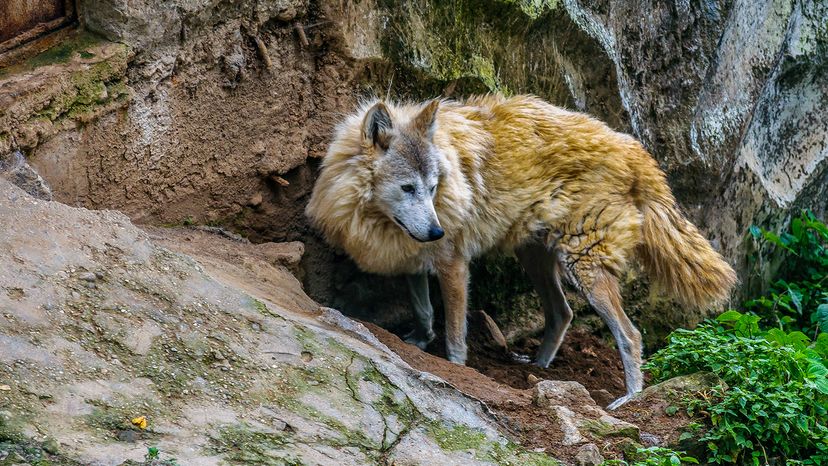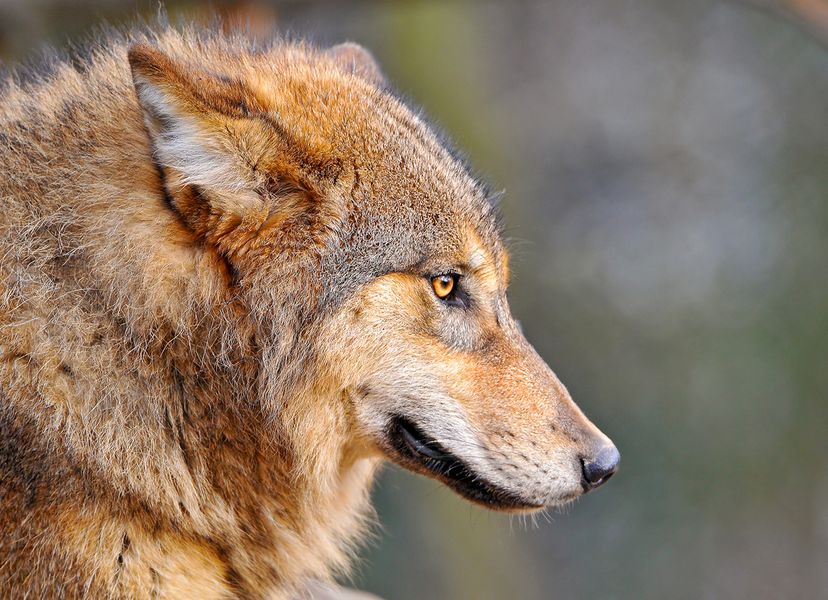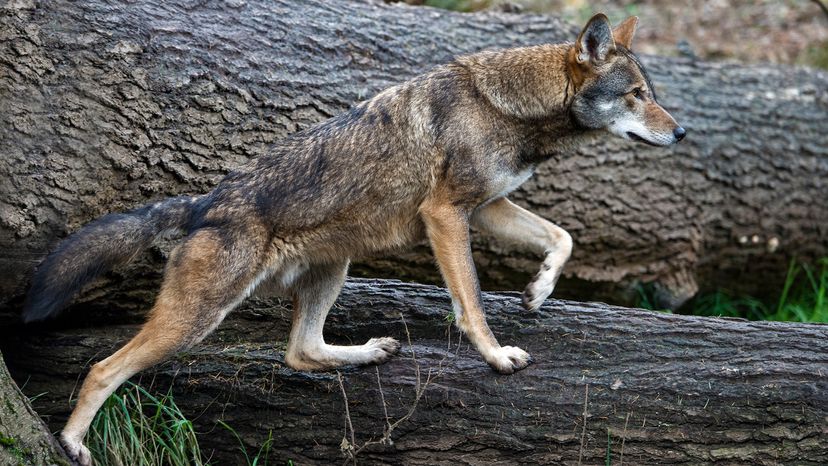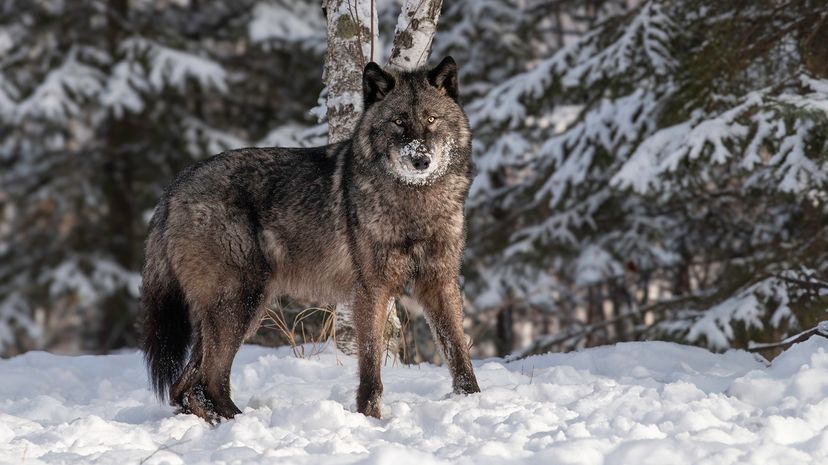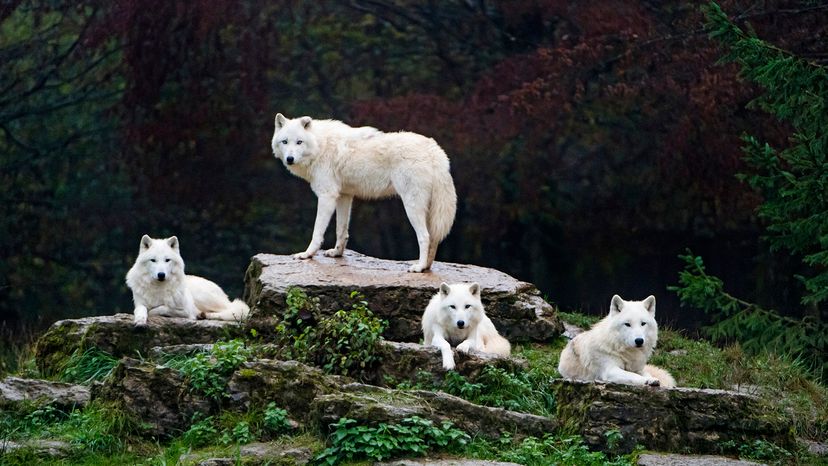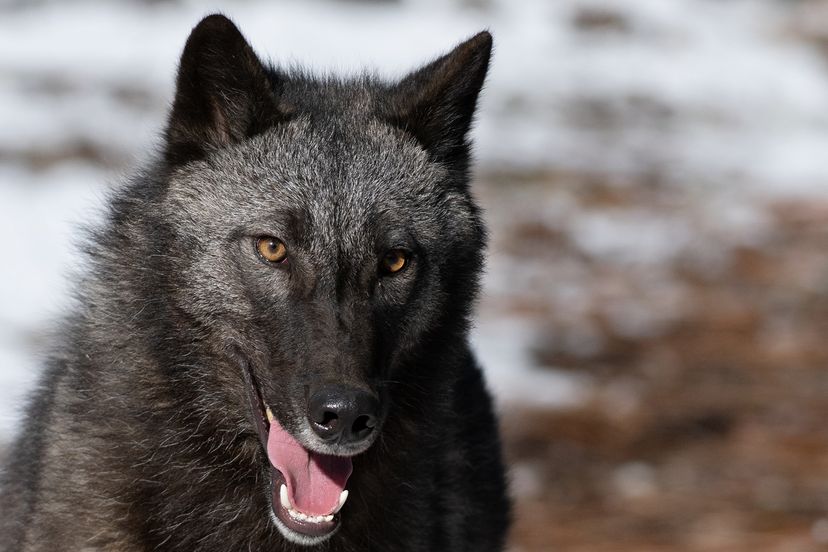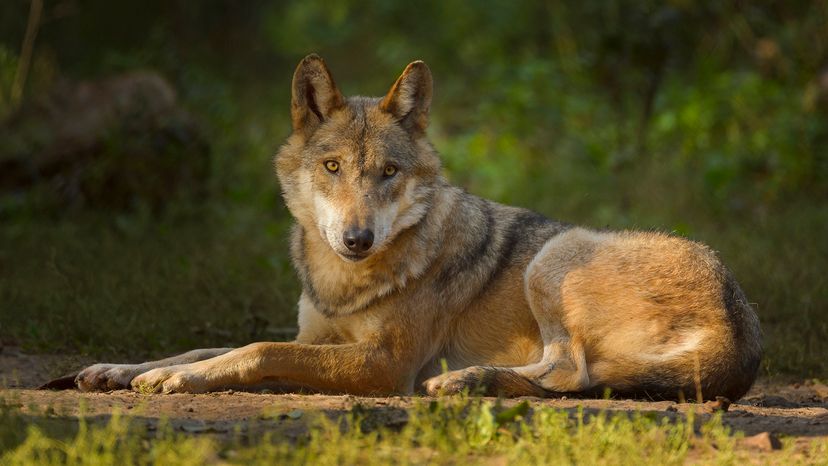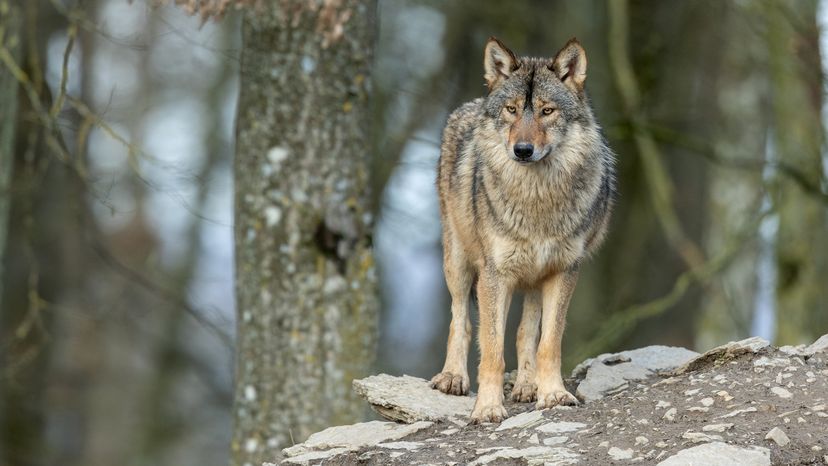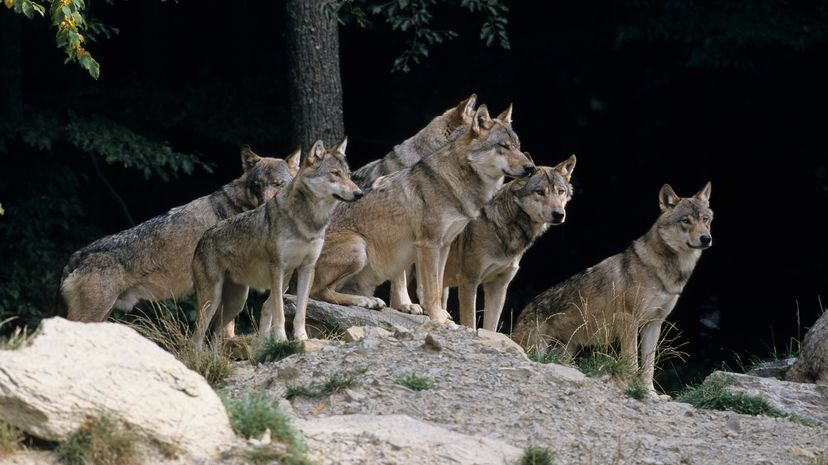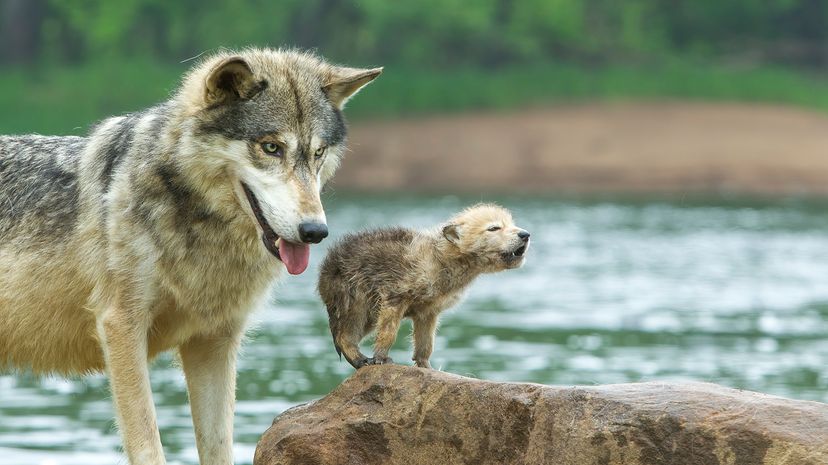
The largest wolves in the world stand as majestic symbols of wilderness and strength in some cultures. These formidable predators, known for their impressive size and power, have captured the human imagination for centuries.
From the icy realms where the massive Arctic wolves reside, to the dense forests where the robust Eurasian wolves roam, each species represents a unique adaptation to their environment.
Advertisement
Get ready to meet the biggest and baddest apex predators of the canine world. These supersized wolves are a blend of power, intelligence and adaptability.
